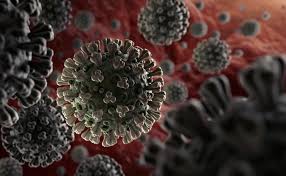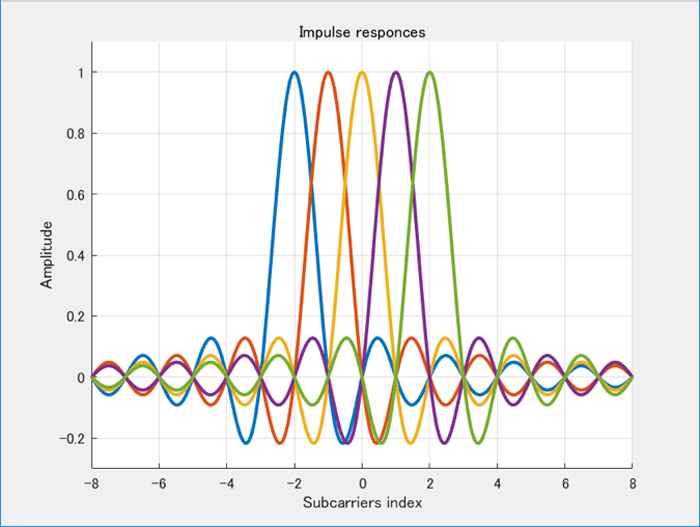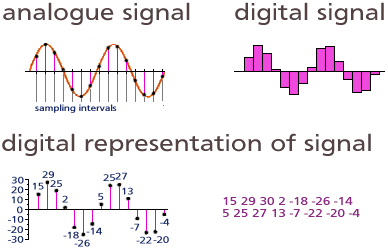Covid-19

Covid-19 it totally changing the way we conduct ourselves in the Film & TV world, social distancing means that the world of both factual and non-factual TV may change for ever. So until that happens here are a few guidlines to help with the planning of factual shoots in the future.
Factual TV Coronavirus working practices
Background assumptions
Factual TV is a very different beast when it comes to production than that of drama with smaller crews, less resources, a traditional need for individuals to mix between departments, and often a mix feed to camera or cameras as well as a greater use and reliance on radiomics being essential not just advisory.
This coupled with actuality often dictating the shooting schedule and a fast daily turnaround, gives rise to a greater possibility of cross contamination, of both personnel and equipment, between departments. It is therefore vital that certain safe practices be implemented to minimise the possibility of Coronavirus transmission, under these circumstances. These should include increased general and specific Covid-19 planning prior to the shoot, as well as certain working practices during the shoot to minimise any crew member to coronavirus transmission as well as any production to health and safety litigation based on unsafe working practices.
The overall effect of these procedures will be to avoid as much as possible cross contamination of equipment and Personnel across multiple locations, if cross contamination between equipment is unavoidable due to the nature of the filming process, then appropriate time and resources to be allowed for the effective cleaning and preparation of this equipment, for the next shooting process to mitigate as much as possible this risk of this cross contamination.
The mitigation of cross contamination by personnel, by the use of controlled spaces on set or locations as well as the limiting of access to these spaces to predesignated personnel. Outside any controlled spaces protocols of social distancing should be in place where practicable.
- Prior planning
- A nominated kit zone for every location /new location, access to which is limited to certain predesignated personnel from each department.
- Can you get any kit to camera the day before and set it up such as mix feeds and timecode…? If not dedicated time for either Camera to set this up in the designated kit safe zone to avoid cross contamination with access to only 1 person for camera dept or Sound Dept. Prior decontamination of Camera attachment areas with isopropyl alcohol. Use of single use gloves for kit attachment. Any unused equipment to say in this safezone.
- Disinfect all radiomic equipment such as personal Lav mics pre-package all disinfected equipment which may be crossed to other depts such as timecode boxes, TX’s and batteries.
- All crew to arrange for possible short notice replacements with the same appropriate kit and protocols in place if any symptoms show overnight.
- Possible Covid-19 testing to take place prior to longer term shoots as close to shoot start as possible.
- Additional paid time built into schedule for effective get in and get out, and time spent decontaminating and kit preparation with appropriate safety protocols, during the shoot, close liaison with PM to action this effectively.
- Proof of appropriate insurance policies by both production and crew i.e. PLI and corporate liability insurance covering covid-19.
- Liaison with Production as to who within the production would be happy with a reused radio mic and mic capsule ( disinfected ) and who would want a dedicated pack and capsule used exclusively for and by them over the life of the production.
- Possible hire of additional radio mic equipment to ensure no cross contamination of radio mic effects across the life of the production.
- On the day protocols if radiomics are being used.
- Dedicated area at each location kept as a safe Radio mic area access to only 1 person from sound, within each social bubble. Minimal kit. Or safe area within social bubble dedicated to 1x sound personnel for micing and Possibility of once mic’ed leaving capsule on personal for all day. Prepacked disinfected consummables for each contributor…?
- For sit down Interviews linear crew prep and access to shoot area one by one, lighting, Camera and sound with appropriate stand in (ie if we know the height of the interviewee set up with stand-in from crew)
- Additional time given for get in and kit prep and micing/ demicing using above procedures.
- Appropriate PPE to be worn Face mask whilst shooting. No cross contamination of Kit between depts. Kit from each dept to only be handled by dedicated person from that department.
- Dedicated HS person from Crew to monitor procedures and social distancing. If symptoms reveal themselves during shoot replacement of Crew member as soon as practicable.
- If lots of radio micing/demicing needs to take place, production to make sure additional time /personel are available to allow minimal contact between multiple crew members. All sound kit, which has been used on contributors to be decontaminated on set with IPA wipes, between contributor turnover and before wrap repacked ready for the next days shooting.
Appropriate resources and time to be given each day for breaks to include hand washing and personal corona virus hygiene/ decontamination.

